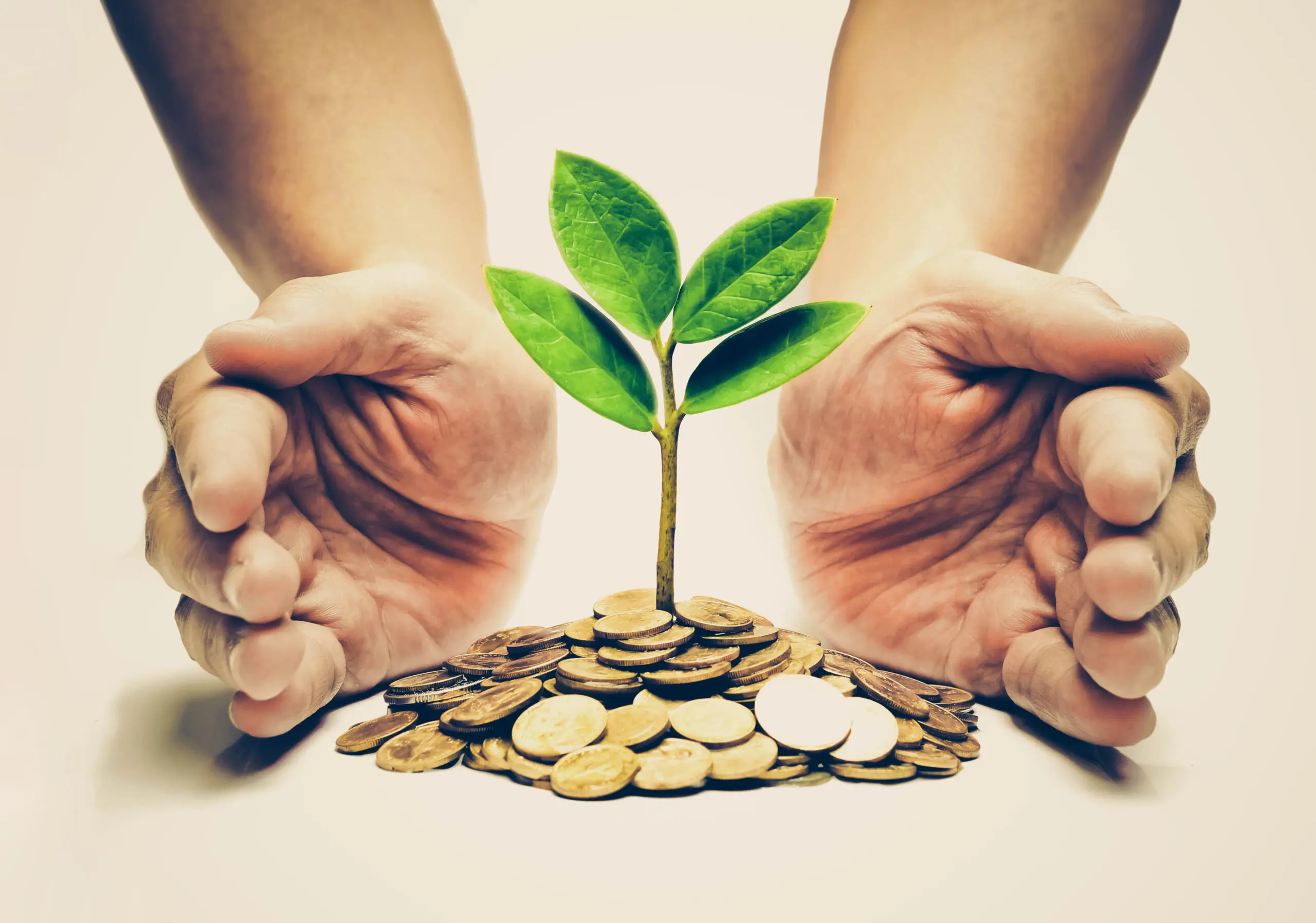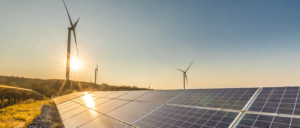Economic sustainability is the icing that completes the sustainability cake. It ensures that our economic activities support long-term growth, fairness, and responsibility. It strives to move away from the profit-at-all-costs mindset and holds businesses and decision-makers accountable for the consequences of their economic decisions.
So, let’s cut to the chase and dive in on an enlightening journey to understand the what and why of economic sustainability.
What is Economic Sustainability?
A sustainable economy is the world where growth and prosperity can continue for generations. The definition of economic sustainability refers to practices that support long-term economic growth without harming social, environmental, and cultural aspects. It’s about creating systems that allow businesses, governments, and individuals to thrive while ensuring that resources are used responsibly and equitably.
In simpler terms, it’s about ensuring that the economic pie grows bigger and is shared fairly without compromising future generations’ ability to enjoy a slice.
The 4 Principles of Economic Sustainability:
If you’re in a rush, here’s some bite-sized information on What is economic sustainability.
Long-term growth: Sustainable economic practices focus on development that can be maintained over decades, not just short-term profits.
Resource management: Using resources efficiently and responsibly so they’re available for future generations.
Fairness: Ensuring everyone has access to economic opportunities, reducing inequality.
Accountability: Striving businesses and governments to act in ways that are ethical and transparent.
Why is Economic Sustainability Important?
Like a house without a foundation, the structure of a sustainable world will wobble without a sustainable economy. Moreover, it brings long-term financial benefits. For instance, Mckinsey estimates that sustainable economic policies such as inclusion can lead to a 0.4% increase in global GDP by 2040.
Here are a few more reasons why it’s essential:
Stability and Prosperity: An economy built considering environmental and social welfare will automatically withstand shocks better and enjoy steady growth. Such an economy will lead to more jobs and better living standards.
Social Equity: Promotes fair distribution of wealth and opportunities, reducing inequality and the gap between the rich and the poor.
Environmental Protection: Integrating environmental considerations reduces pollution and helps combat climate change.

Intertwining Economic, Environmental and Social Sustainability
Economic sustainability is one leg of the three-legged stool that also includes environmental and social sustainability. If one leg is shorter or weaker, the stool tips over. Here’s how they interconnect:
Environmental Sustainability: Ensures that economic activities don’t harm the planet. For instance, it promotes renewable energy investments to boost the economy while reducing carbon emissions.
Social Sustainability: Maintains and improves quality of life through equity, diversity, and inclusiveness. Economic sustainability supports this by creating jobs, reducing poverty, and promoting fair wages.
Imagine a thriving city where businesses flourish, people have good jobs, and clean air and water. This balance is the goal of sustainability and its three pillars.
How Can You Contribute?
It might sound like a lofty concept, but it boils down to everyday choices and actions. Think of it as planting a tree. It might take time to grow, but eventually, it will provide shade, fruits, and oxygen, benefiting both you and the environment.
Here are a few practical steps:
Financial Literacy: Understand how to save money, manage your finances, and invest in sustainable options like green energy, efficient appliances, and green technologies.
Conscious Consumerism: Support companies prioritizing sustainable practices, even if it sometimes costs more.
Career Choices: Opt for jobs or careers that not only provide personal satisfaction but also contribute positively to society and the environment.
Community Involvement: Participate in local initiatives that promote sustainability, like supporting local farmers or community projects.
Challenges of Economic Sustainability
The world is big, and so are its problems. The human nature to always go for the easy solution always ends up exacerbating the problems. The same is the case with achieving a sustainable economy. The urge to favor quick fixes over long-term benefits unfolds many challenges to a sustainable economy
Here are the major ones that need to be addressed:
Short-term Focus: Businesses and governments often prioritize immediate gains over long-term benefits, leading to unsustainable practices.
Inequality: The income gap between people can hinder sustainable development by limiting access to opportunities and resources. In fact, studies indicate that income gap can hit GDP by 1.5%. Economic Sustainability is crucial to reduce the income gap and promote long-term economic growth.
Policy and Governance: Lack of effective policies and governance structures can impede sustainable practices.
Real-World Examples
Wherever there is a will, there is a way. While obstacles continue, progress and breakthroughs have been accomplished. Here are some practical instances of economic sustainability that can inspire you:

Denmark’s Green Economy: Denmark has successfully integrated renewable energy into its economy. This movement has created jobs, reduced greenhouse gas emissions, and ensured energy security. Over 30% of Denmark’s energy comes from renewable sources, and this transition has boosted its GDP by 1.5% annually (OECD, 2021). It is a fine example of environmental welfare and financial gains working hand in hand.
Bhutan’s Gross National Happiness (GNH): Instead of GDP, Bhutan measures its success by GNH, which includes sustainable development, environmental conservation, cultural preservation, and good governance. This holistic approach has improved the well-being of its citizens and maintained economic stability.
Patagonia’s Sustainable Business Model: The outdoor clothing company Patagonia has built its brand on sustainability, from using recycled materials to advocating for environmental causes. This approach has reduced their environmental footprint while increasing customer loyalty and profitability.
Moving Forward to a Sustainable Economy
By prioritizing long-term growth, resource management, and fairness, we can develop a stable and prosperous economy that benefits both people and the environment. The burden falls not only on governments and businesses but also on us. We may achieve economic sustainability by making conscious decisions and taking action. Let’s conceive it as a way of life rather than a goal.
